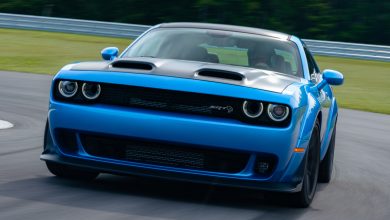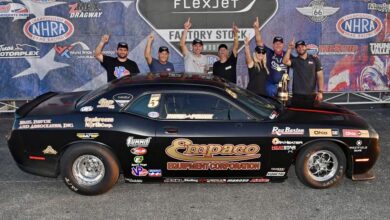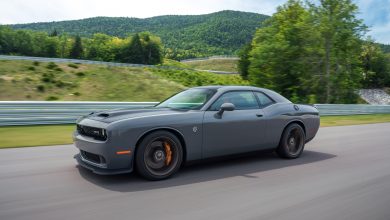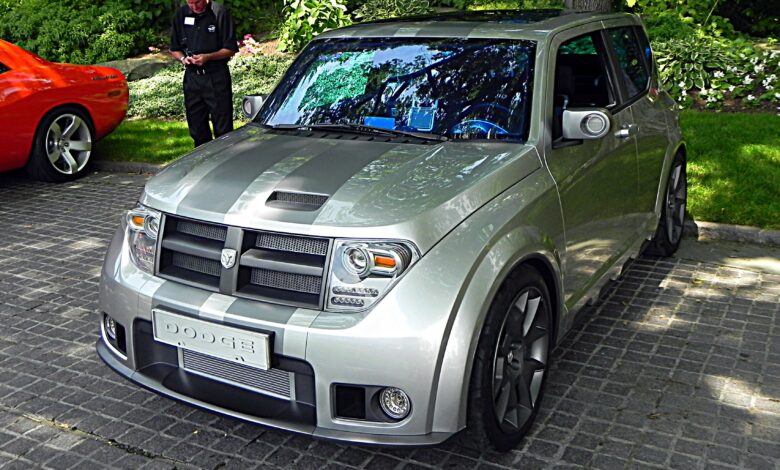
On March 3rd, Fiat Chrysler Automobiles (FCA) submitted an application to the U.S. Patent and Trademark Office to reserve the names “Dodge Hornet” and “Hornet”, according to Motor Trend. The reports also state that the names have also been requested for both Canada and Mexico as well. The news has lead to a lot of speculation to what the Dodge brand has up its sleeves for the near future, especially with the Journey and the Grand Caravan to be cut from the lineup after the 2020 model year.
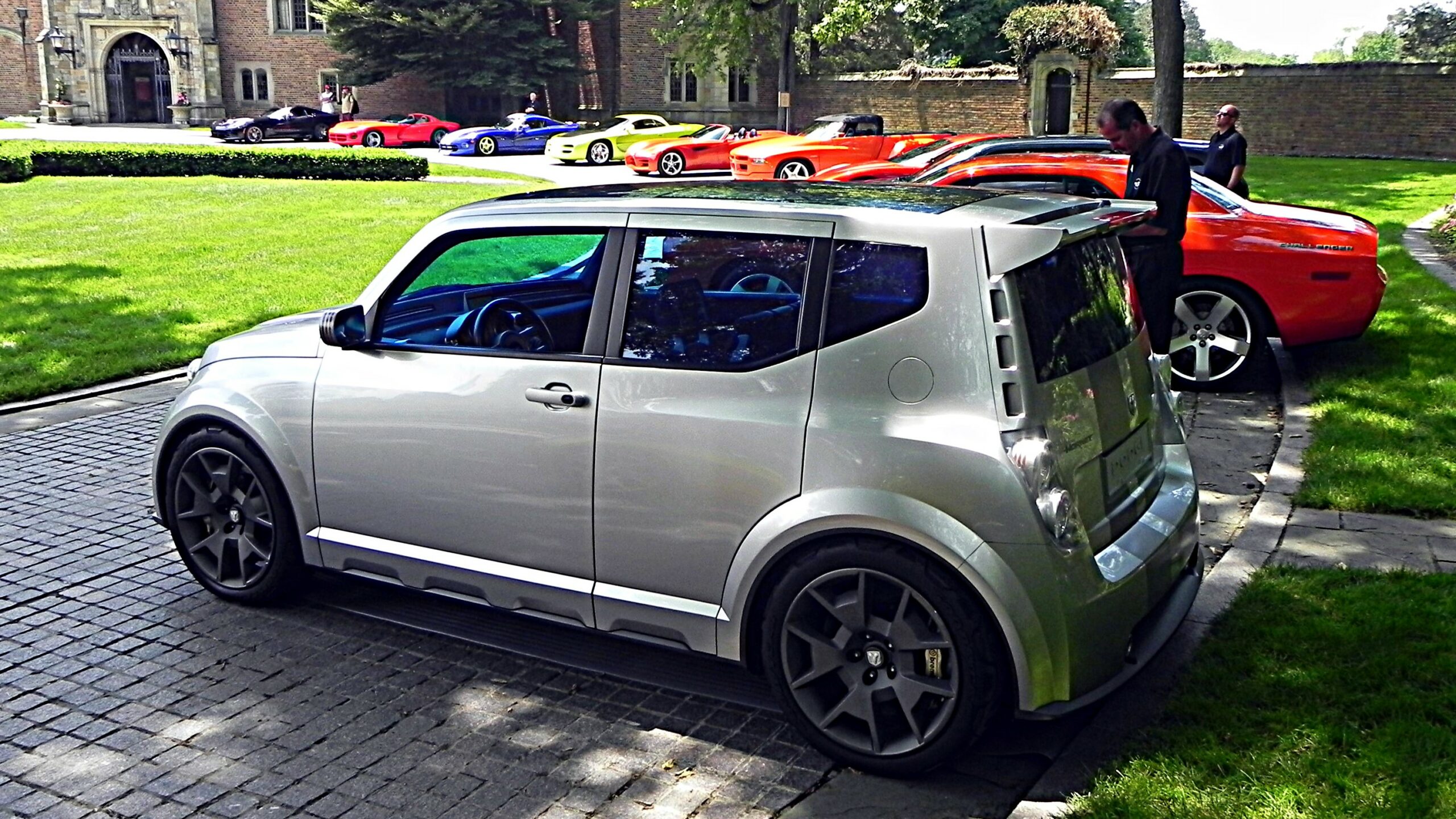
For those diehard Dodge fans, you might remember there was a concept back in 2006, shown at the Geneva Motor Show that wore the “Hornet” name. The subcompact crossover concept that was aimed at the European market, featured styling similar to that of the Dodge Nitro. It featured a 1.6-liter 16-valve OHC supercharged I/C four-cylinder that made 170 horsepower and was co-developed with BMW. While the car even gained enough traction to put it into production, the Hornet name was originally rumored to be the original name of the 2013 Dodge Dart. Former Dodge CEO, Reid Bigland reported changed the name just before the launch of the car at the North American International Auto Show (NAIAS) in Detroit to the “Dart” nameplate, to hone in Dodge’s muscle car roots.

While the car market in the North American market is on the decline in favor of crossover, SUVs, and trucks, the idea of bringing an all-new compact hatchback might be a play on, Chevrolet and Ford’s move to bring smaller vehicles like the new Chevrolet TrailBlazer and Ford EcoSport. However, we highly doubt that is the reason behind the filing, considering the Dodge//SRT brand has focused on a more rear-wheel-drive/all-wheel-drive lineup. With the Journey and Grand Caravan leaving the lineup, Dodge will be a true rear-wheel-drive brand in the U.S. and Canada (Dodge does offer a Hyundai-based Attitude sedan and a Fiat-based Neon sedan in Mexico).
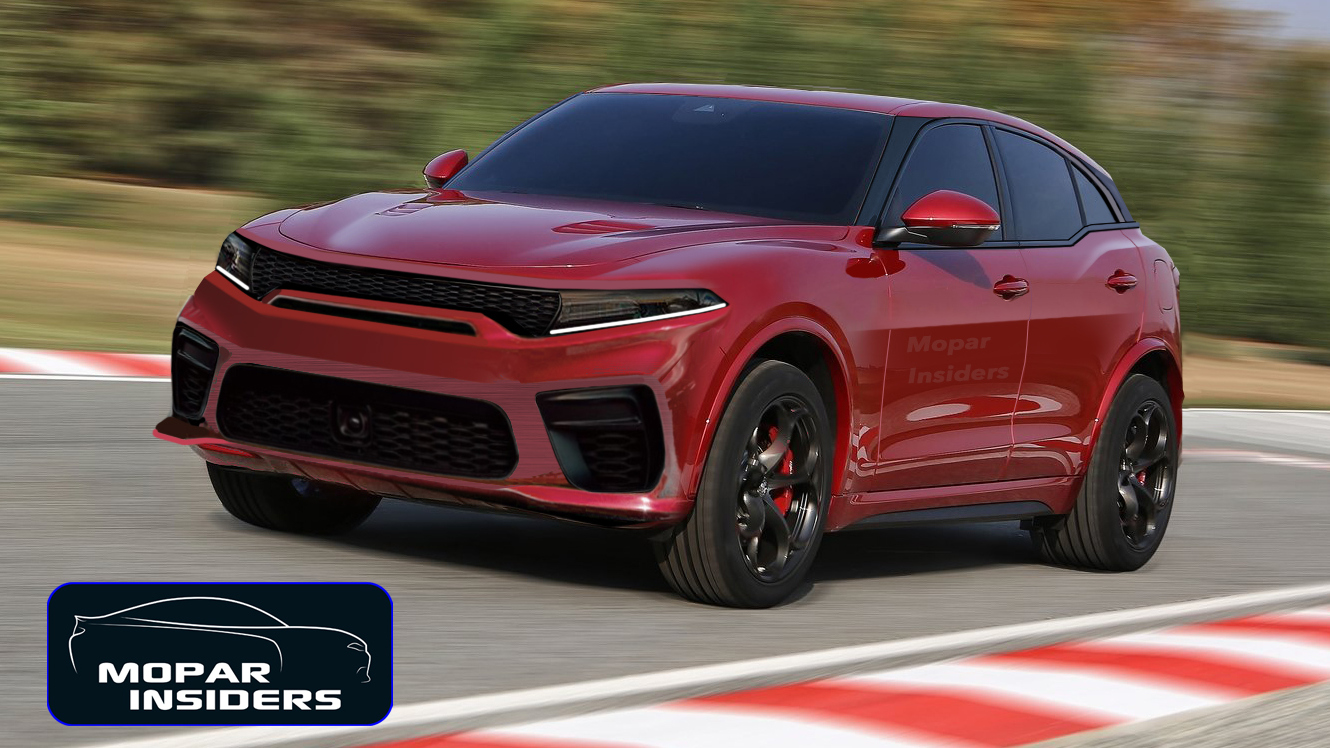
We broke the news about the next all-new Dodge vehicle to be launched earlier this year, with a new rear-wheel-drive/all-wheel-drive midsized SUV based on the Alfa Romeo Stelvio is in the works. This vehicle will heavily be dipping into the Dodge Charger’s DNA, creating a high-performance SUV that will take over where the current Dodge Durango is, once that vehicle moves to its new body-on-frame platform (based on the upcoming Wagoneer) for the 2023 model year. We also have strong doubts about the Hornet nameplate being used for this vehicle as well.
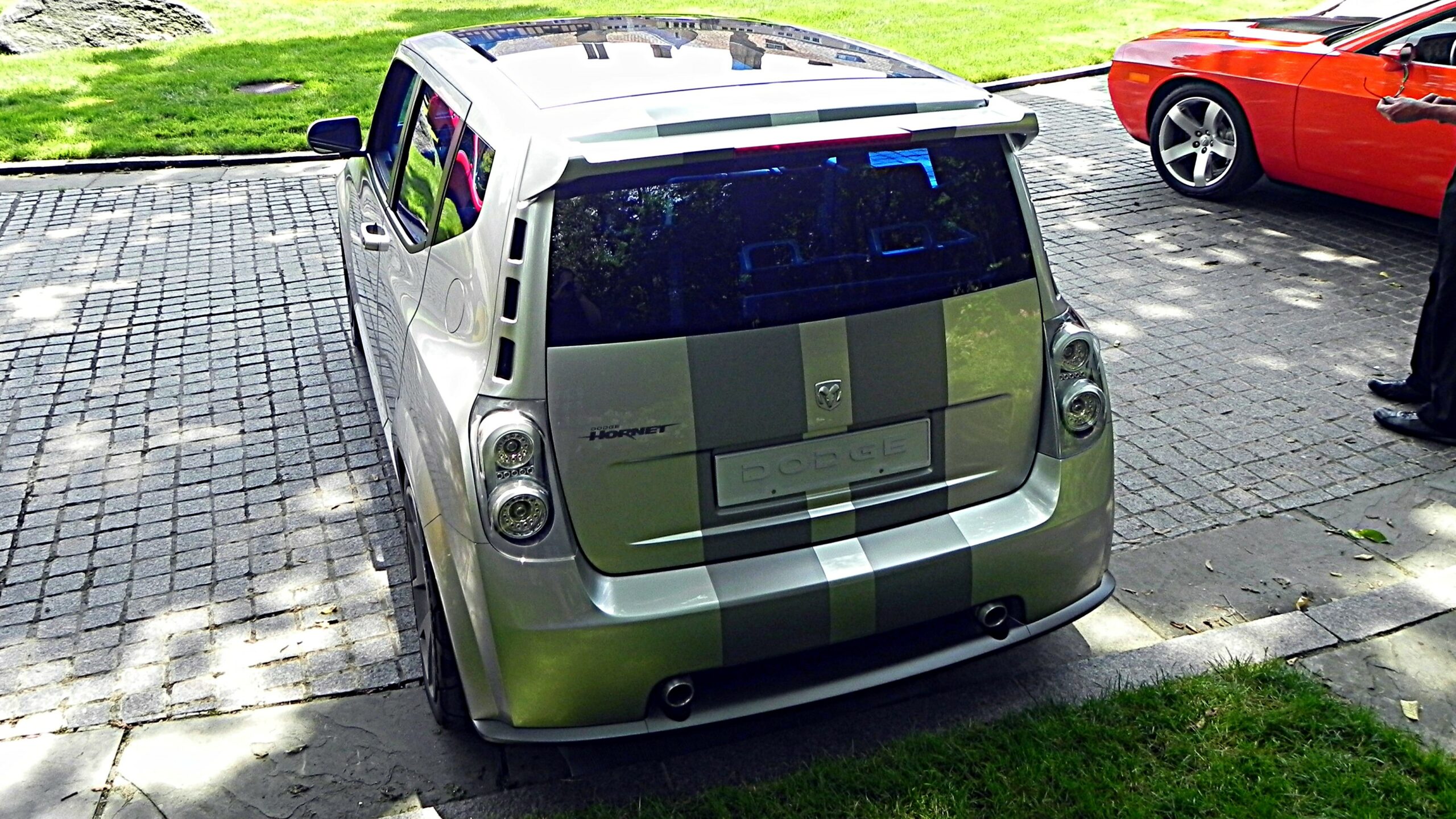
Now the Hornet nameplate has been around for a long time and has been an important part of the extended Mopar family history dating back to 1950. The famed Hudson Hornet was the first vehicle to wear the nameplate from 1951 to 1954. Hudson was merged with the Nash Corporation to form what was known as the American Motors Corporation (AMC), where the company brought back the nameplate on a compact sedan from 1969 to 1977. Chrysler Corporation purchased AMC in 1987, where it let the trademark expire around 1992. Then DaimlerChrysler filed for the nameplate back in 2005 with no results. The company has filed three more times in 2011, 2015, and now in 2020.
We think that FCA is simply trying to trademark the name due to the vast amounts of merchandise that carry the Hudson Hornet, AMC Hornet, and Dodge Hornet names. But nevertheless, it is always fun to speculate.


